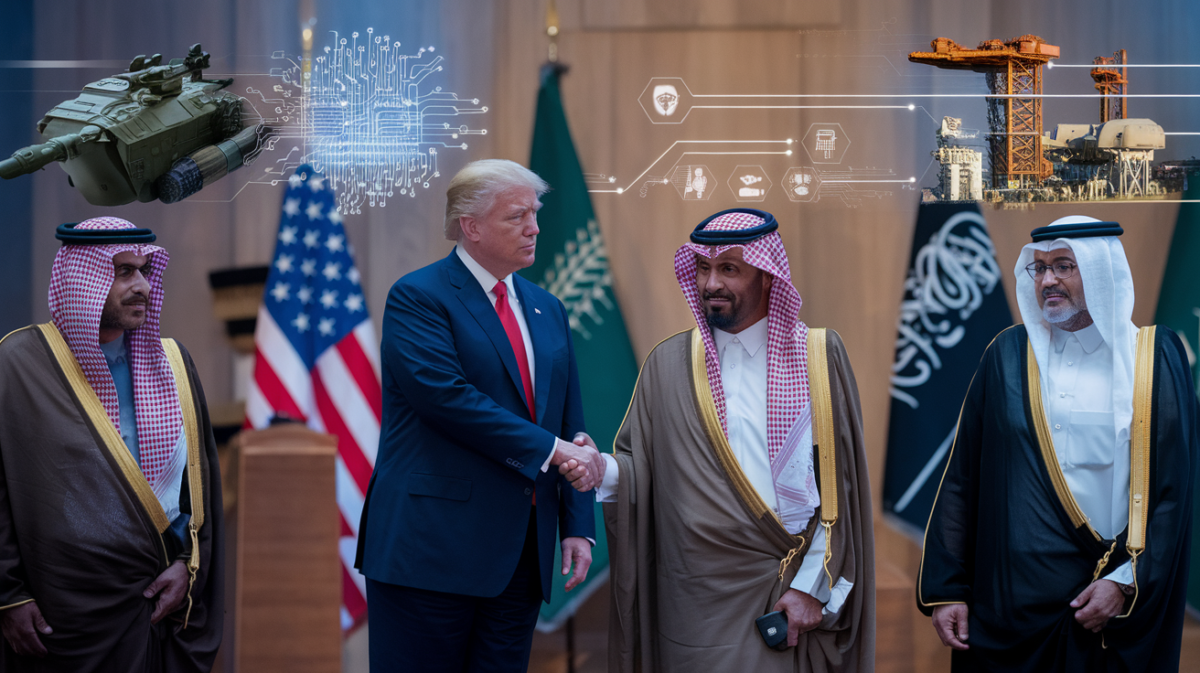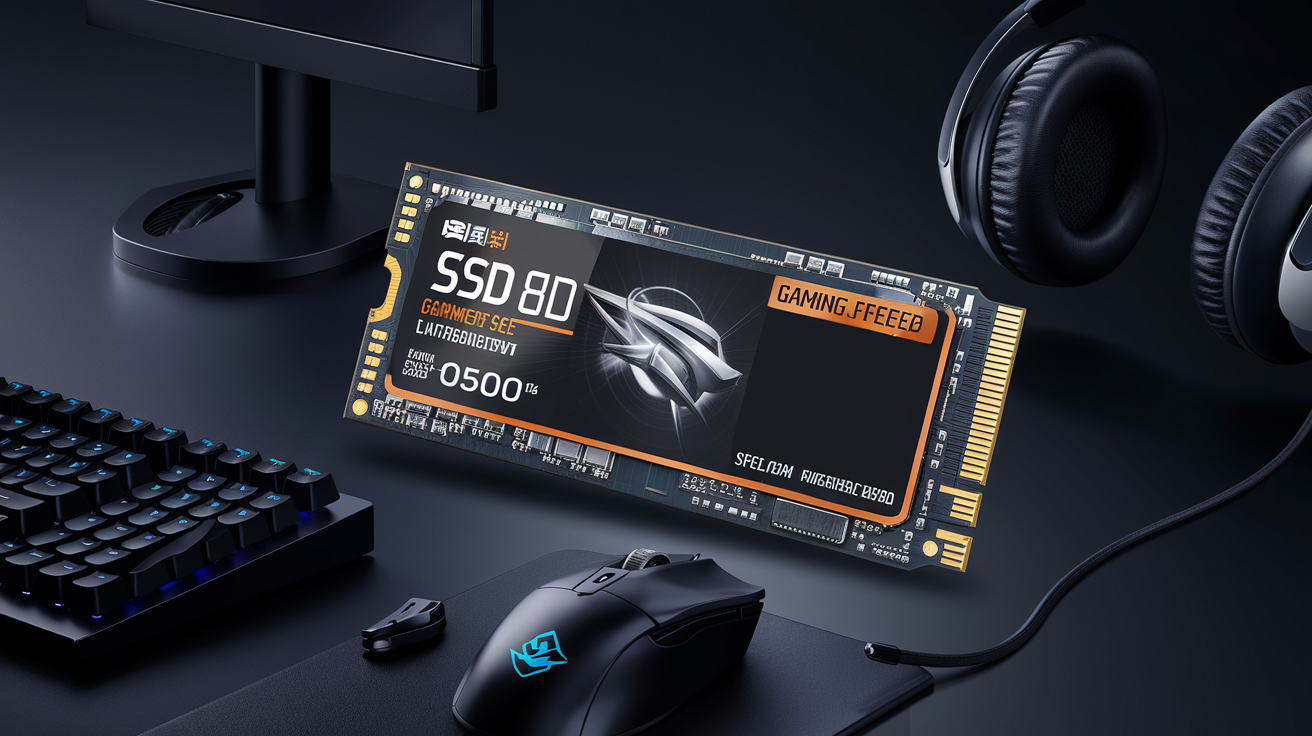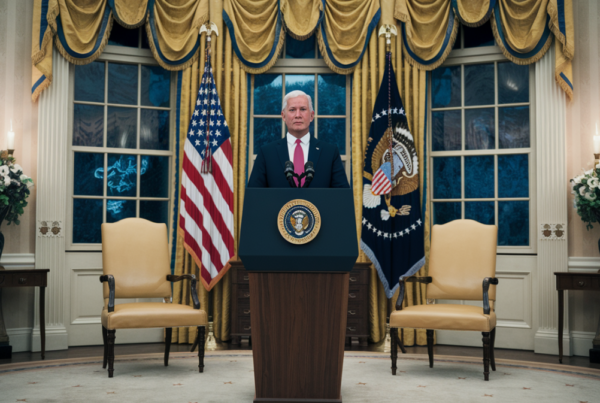In a landmark visit to Saudi Arabia, former U.S. President Donald Trump unveiled a series of high-profile investment deals worth over $600 billion, spanning defense, artificial intelligence (AI), and other critical sectors. The agreements mark a significant expansion of U.S.-Saudi relations and align with Saudi Arabia’s Vision 2030 initiative to diversify its economy beyond oil.
Key Highlights of the Agreements
The deals, announced during Trump’s visit, underscore the deepening ties between the two nations and their shared strategic interests. Here’s a breakdown of the major components:
1. Defense: The Largest Arms Deal in History
The centerpiece of the agreements is a $142 billion defense package, touted as the largest arms deal ever. The package includes:
- Advanced military equipment such as tanks, combat ships, and missile defense systems.
- Cutting-edge radar, communications, and cybersecurity technology.
- Comprehensive training programs to enhance the capabilities of the Saudi armed forces.
2. Artificial Intelligence: A New Frontier
In a significant move for the tech sector, the U.S. and Saudi Arabia announced a collaboration between Nvidia and Saudi-backed AI firm Humain. The partnership aims to:
- Establish AI research and development facilities powered by U.S. microchips.
- Counterbalance China’s growing influence in AI technology.
- Reverse previous restrictions on advanced AI chip exports to the Middle East.
3. Economic Diversification: Beyond Oil
The agreements also include investments in sectors like energy, aerospace, sports, and healthcare. Notably, a portion of the funds will support medical projects in Michigan, reflecting a broader economic strategy.
Market and Geopolitical Reactions
The announcement has already sent ripples through global markets and geopolitical circles:
Market Surge
U.S. defense stocks, including Lockheed Martin, Raytheon, and General Dynamics, saw record highs following the news. Analysts predict long-term benefits for the defense and tech industries.
Geopolitical Implications
The deals are widely seen as a strategic counter to Iran’s influence in the region. Strengthening U.S.-Saudi ties could reshape Middle Eastern alliances and security dynamics.
Criticism and Skepticism
Despite the fanfare, some experts remain cautious. Past commitments of this scale have not always materialized fully, raising questions about the actual execution of these agreements.
Public and Expert Opinions
The announcements have sparked mixed reactions:
- Supporters highlight the economic and technological benefits, particularly for U.S. industries.
- Critics raise concerns about human rights and the ethical implications of deepening ties with Saudi Arabia.
Comparison of Key Deals
| Sector | Investment Value | Key Players |
|---|---|---|
| Defense | $142 billion | U.S. Defense Contractors, Saudi Armed Forces |
| Artificial Intelligence | Undisclosed (significant) | Nvidia, Humain |
| Economic Diversification | Remaining $458 billion | Multiple sectors, including healthcare and aerospace |
Looking Ahead
These agreements represent a pivotal moment in U.S.-Saudi relations, with far-reaching implications for regional security, economic growth, and technological innovation. While the deals promise substantial benefits, their long-term impact will depend on execution and geopolitical developments.
As the world watches, the collaboration between these two nations could redefine the future of defense, AI, and global economic partnerships.







